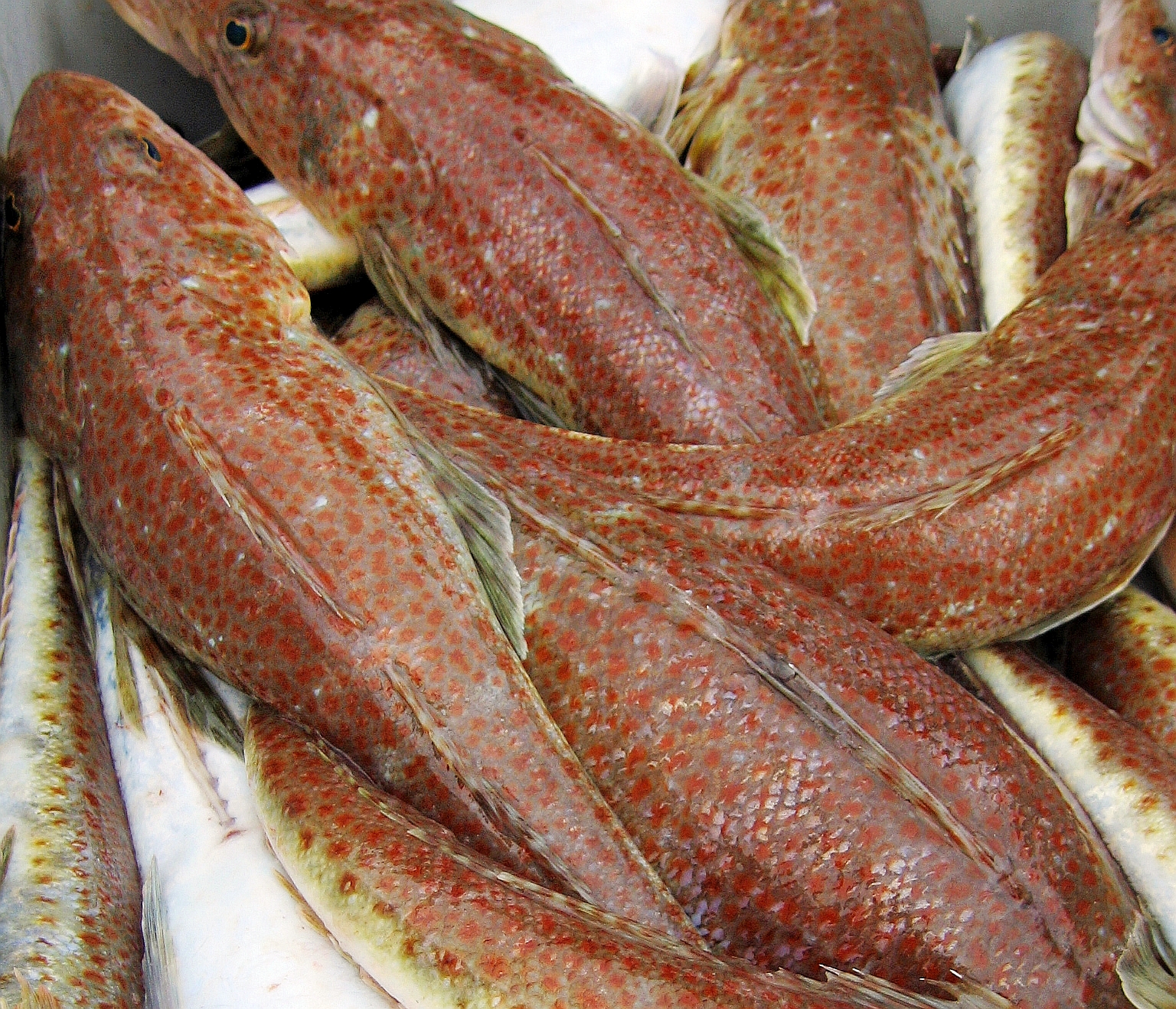
IMAS researchers have found Tasmania’s scalefish fishery contributed over $6 million towards the state’s economy in 2020/21, with their findings identifying several opportunities to help improve the sector’s medium-term viability and profitability.
In this new report, scientists surveyed fishers and assessed their licensing and landing data in 2020/21. The fishery includes 117 licensed fishers who target over 40 species, with Tiger Flathead, Southern Calamari and Wrasse being the most popular – caught by 42-53% of participants. Other popular species include Striped Trumpeter and Banded Morwong.
“The fishery generated $6.3 million in economic value for local Tasmanian communities in 2020/21, including fish sold to consumers, and households and businesses spending income from this sector,” said IMAS economist and project co-investigator, Dr Steven Rust.
 “It directly and indirectly employed 131 people, including fishers and processors, with Tasmanian households earning $3.9 million in income through this fishery. These wages support the demand for goods and services in Tasmania, including consumer spending.”
“It directly and indirectly employed 131 people, including fishers and processors, with Tasmanian households earning $3.9 million in income through this fishery. These wages support the demand for goods and services in Tasmania, including consumer spending.”
IMAS Sociology and Economics Team Leader and project lead, Dr Emily Ogier said that while fishers earn a livelihood, most aren’t earning elevated profits. Because of this, fishing may only be part of their employment and income, with fishers often pursuing other employment opportunities.
“While there are around 70 full-time fishers in the scalefish sector, about 40% of licensees are only part-time and supplement their income by working outside of the fishery, commonly in trades or small businesses,” she said. “Over a third also work in other fisheries.
“Of the 40%, we found 35% spend more time in the fishery than what it will contribute to their income, suggesting motivations to continue fishing aren’t about maximising earnings. In fact, the majority have been in the sector for over 20 years and most plan to keep fishing in the short to medium term.
“This employment diversity shows how the fishery serves the Tasmanian community socially and through different supply and value chains. However, this also makes it challenging to identify options to improve the fishery’s viability and economic performance because these fishers have different goals and needs. 
“Nonetheless, we did find there are opportunities to improve the fishery’s medium-term financial viability and profitability through broader collaboration between fishers and processors, and potentially a marketing campaign focusing on specialist products and supply chains.
“Developing an industry strategy that identifies actions for different species, types of fishers and value chains could open up these opportunities.”
The report also found:
The findings of this project highlight the role of this fishery, and other similar fisheries around Australia, in local food systems and value chains.
 |  |
|---|
This project was supported by funding from the Fisheries Research and Development Corporation on behalf of the Australian Government. The Department of Natural Resources and Environment Tasmania also provided project funding through the Sustainable Marine Research Collaboration Agreement between the Tasmanian Government and the University of Tasmania.
Images
Published 6 September 2023